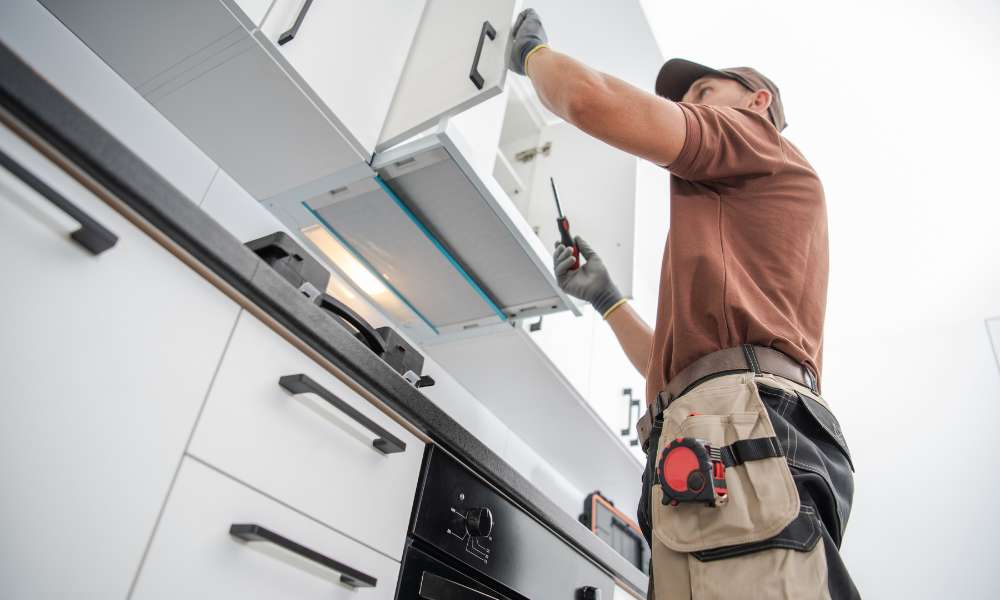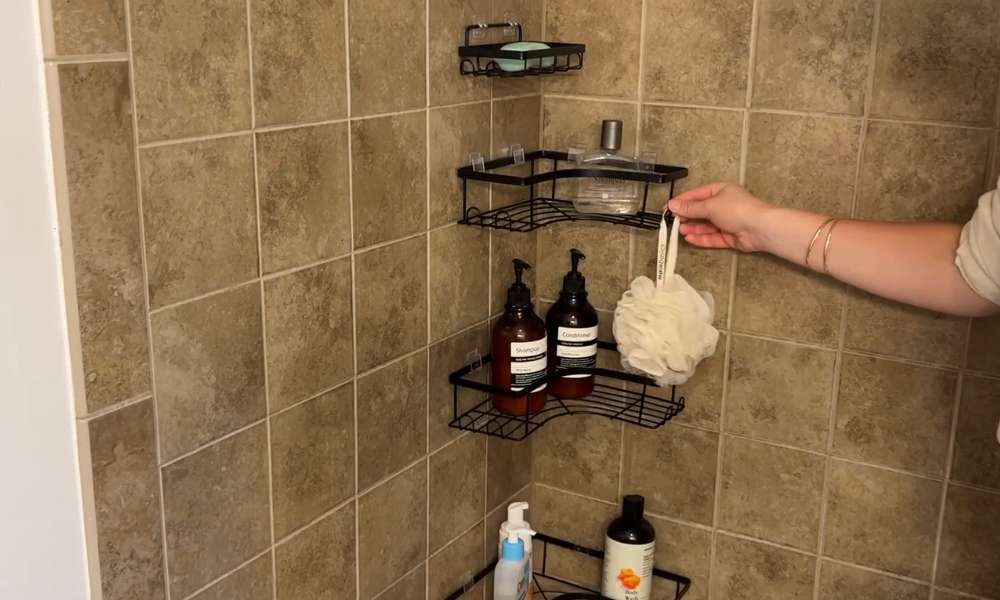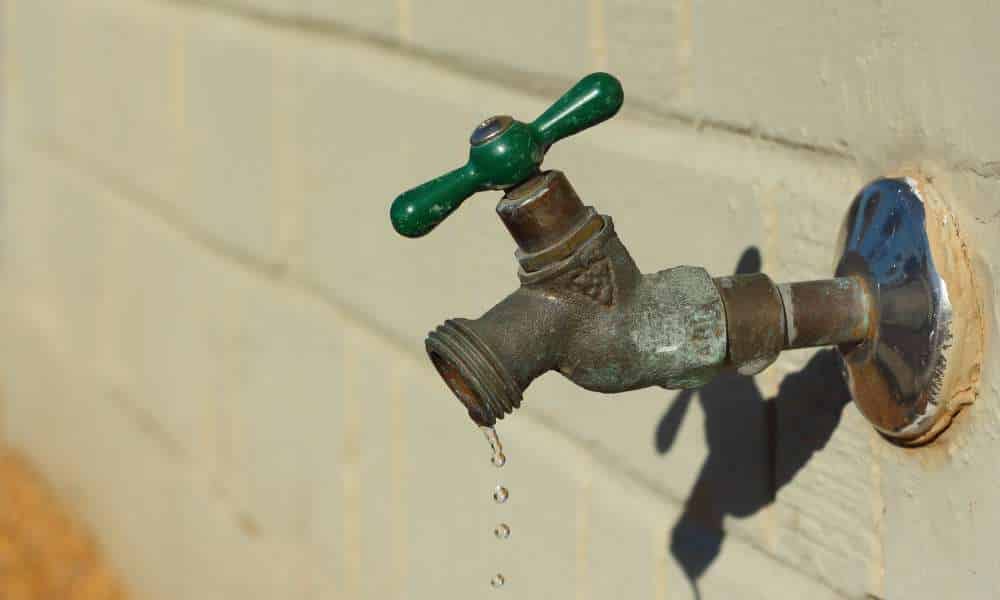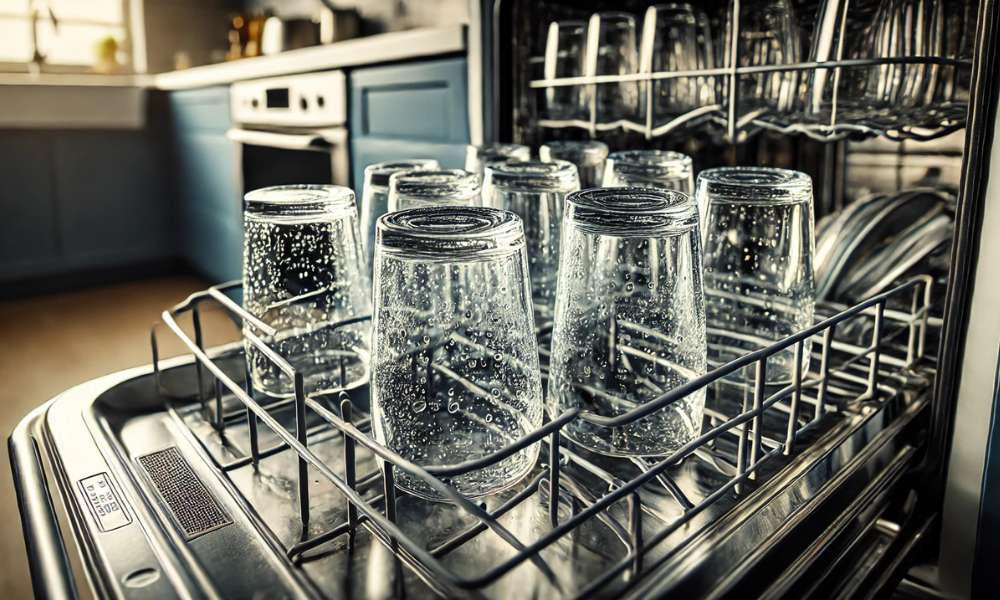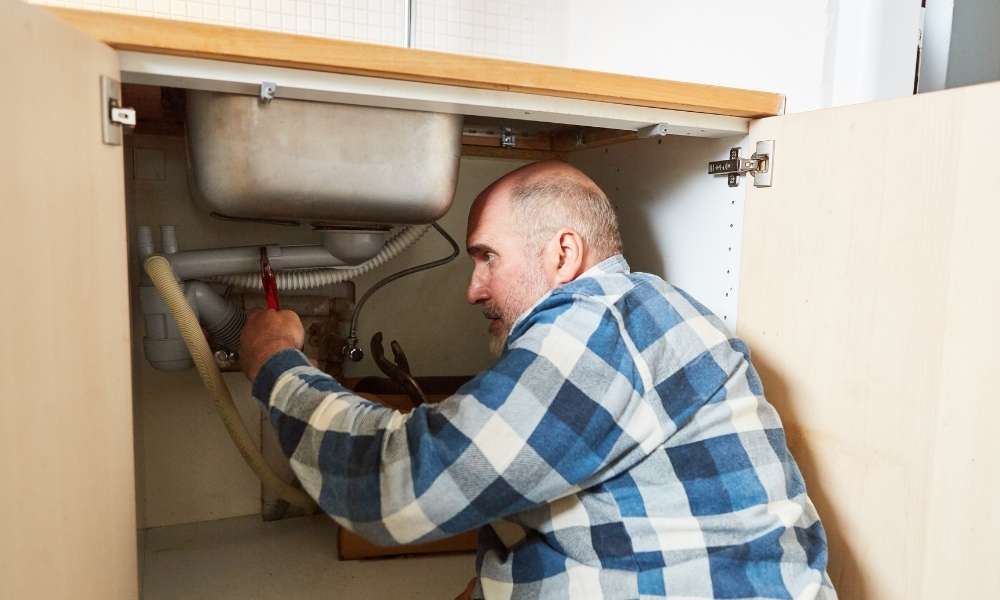Degreasing kitchen cabinets is A crucial aspect Of Maintaining A Clean And hygienic cooking environment. Over time, Cabinets can accumulate layers Of grease And grime from cooking vapors, Which not only affects their appearance but also their longevity And the overall cleanliness Of the kitchen. Regular degreasing is essential to prevent the build-up Of sticky residues that can attract dust, Pests, And bacteria, How to degrease kitchen cabinets Potentially compromises food safety And hygiene.
This practice not only enhances the visual appeal Of the kitchen but also extends the life Of the cabinetry by preventing damage caused by grease saturation. We will provide A detailed, Step-by-step approach to effectively degreasing kitchen cabinets, Covering everything from the preparation And choice Of cleaning agents to the techniques for scrubbing And maintaining different cabinet materials. By following these steps, Homeowners can ensure their kitchen remains A clean, Safe, And pleasant space for meal preparation And family gatherings.
What is the best degreaser for kitchen cabinets?
Choosing the best degreaser for kitchen cabinets depends on your specific needs And the material Of your cabinets. For A powerful And efficient solution, Many homeowners And professionals turn to commercial degreasers like Simple Green or Krud Kutter. These products are specially formulated to tackle tough grease And grime without damaging the cabinet surfaces.
Simple Green is biodegradable And non-toxic, Making it A safer choice for households with children And pets. For those preferring natural alternatives, A mixture Of white vinegar And water is an excellent choice. This solution is not only effective at cutting through grease but also eco-friendly And safe for most cabinet materials. Baking soda, When made into A paste with water, Is another natural option that provides gentle yet effective cleaning. Ultimately, The best degreaser balances effectiveness, Safety, And environmental impact ensuring your kitchen cabinets are both clean And well-maintained.
Can I use vinegar to degrease kitchen cabinets?
Yes, You can use vinegar to degrease kitchen cabinets effectively. White vinegar is A natural, Non-toxic cleaner that cuts through grease And grime without damaging cabinet surfaces. To use vinegar as A degreaser, Mix equal parts Of white vinegar And water in A spray bottle. Spray the solution onto the greasy areas Of your cabinets And let it sit for A few minutes to break down the grease.
After allowing it to penetrate, Wipe the cabinets clean with A damp microfiber cloth. For stubborn grease spots, You can use undiluted vinegar or add A few drops Of dish soap to the vinegar solution for extra cleaning power. Vinegar not only removes grease but also disinfects And deodorizes, Leaving your kitchen smelling fresh. This eco-friendly approach is safe for most cabinet materials And is A great alternative to harsh chemical cleaners, Promoting A healthier home environment.
1. Preparing For Cleaning
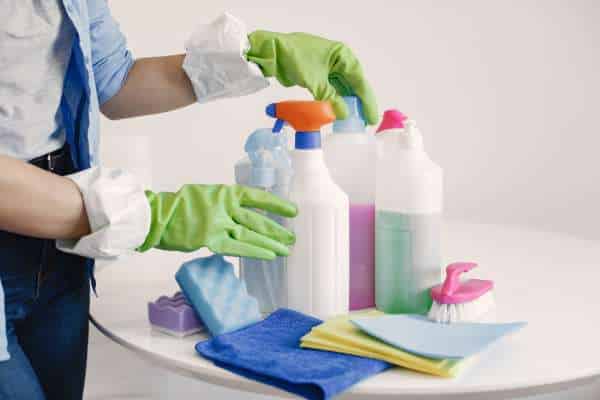
Preparing for the cleaning method is a crucial step to ensure efficiency And guard your kitchen surfaces. Start by collecting all vital components: A dependable degreasing agent (industrial or homemade), Microfiber cloths for their non-abrasive characteristics, Sponges, A tender-bristle brush for tougher spots, Gloves to protect your hands, And A bucket Of warm water. Having these objects on hand will streamline the cleansing manner And ensure you can address grease construct-up efficaciously.
Next, Protect your countertops And floors to prevent any potential harm from cleansing solutions or water spills. Use old towels or drop cloths to cover those areas, And recall placing A liner or newspaper below the cabinets you are cleaning. This no longer only safeguards surfaces but additionally simplifies cleanup afterward. By taking those preparatory steps, You can be aware of the assignment at hand without annoying approximately causing extra mess or harm.
2. Safety Precautions
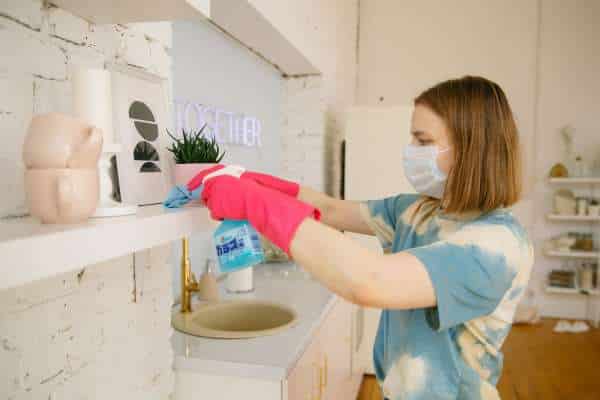
When degreasing kitchen cabinets, Prioritizing safety is crucial to protect yourself from potential hazards. Personal Protective Equipment (PPE) such as gloves And eye protection should be worn at all times. Gloves not only shield your hands from harsh chemicals but also prevent skin irritation And allergic reactions. Eye protection, Such as safety goggles, Is essential to guard against splashes that can cause eye irritation or injury. Additionally, Ensuring proper ventilation in the kitchen is vital to avoid inhaling fumes from cleaning agents.
Open windows And doors to create A cross-breeze, And consider using fans to improve air circulation. This helps to dissipate any harmful vapors, Making the environment safer And more comfortable to work in. By adhering to these safety precautions, You can effectively degrease your kitchen cabinets while minimizing health risks And ensuring A safe cleaning process. Organizing kitchen cabinets for pots and pans involves maximizing space And accessibility.
3. Removing Cabinet Contents
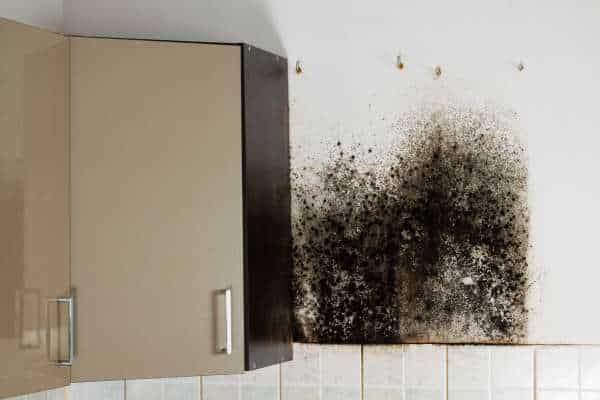
Before starting the degreasing process, It’s important to remove all items from your kitchen cabinets to ensure thorough cleaning. Begin by emptying the cabinets systematically, Shelf by shelf, and Placing the contents on A nearby countertop or table. This organized approach helps prevent confusion And makes it easier to return items to their proper places afterward. As you remove each item, Take the opportunity to sort And inspect them for grease build-up or spills.
Set aside any items that need cleaning, And consider discarding expired food products or those you no longer need. Wipe down containers And utensils with A damp cloth or mild cleaning solution to remove any grease residues. This careful sorting And inspection process not only prepares your cabinets for cleaning but also helps maintain overall kitchen hygiene. By taking these preliminary steps, You ensure A more efficient And effective degreasing process for your kitchen cabinets.
4. Dusting And Pre-Cleaning
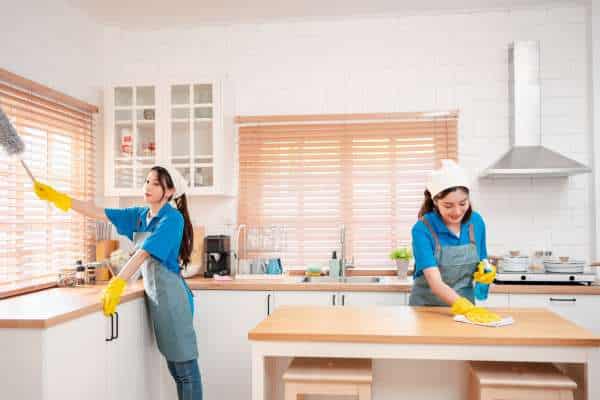
Before applying any degreaser, It is crucial to perform initial dusting And pre-cleaning to remove loose dirt And debris from your kitchen cabinets. Start by using A microfiber cloth or A soft-bristle brush to gently dust all cabinet surfaces, Including the tops, Doors, And shelves. This step helps to prevent the dirt from mixing with the cleaning solution And forming A grimy paste that is harder to remove. Once the dusting is complete, Proceed with A pre-cleaning rinse. Dampen A clean cloth with warm water And wipe down all cabinet surfaces. This pre-rinse helps to eliminate surface-level grime And makes the degreasing process more effective.
Ensure that you wring out the cloth well to avoid excess water, Which can damage certain cabinet materials. By thoroughly dusting And pre-cleaning, You prepare your cabinets for more efficient And thorough degreasing, Ensuring better results And maintaining the integrity Of the cabinet surfaces.
5. Applying The Degreaser
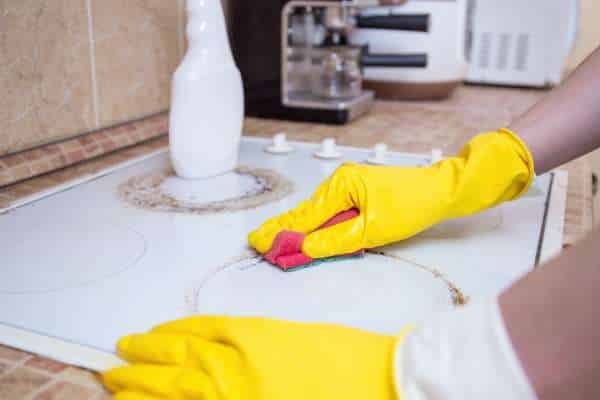
Applying the degreaser correctly is vital for effective cleaning without damaging your kitchen cabinets. Start by selecting A high-quality degreasing solution suitable for your cabinet material. Choose A small, Inconspicuous area Of the cabinet And apply A small amount Of the degreaser. Let it sit for A few minutes to ensure it doesn’t cause discoloration or damage. If the spot test is successful, Proceed with spraying the solution. Hold the spray bottle about 6-8 inches away from the surface And apply the degreaser evenly, Ensuring you cover all greasy areas, Especially around handles And corners where grease tends to accumulate.
Avoid oversaturating the cabinets to prevent the solution from seeping into joints And edges. Allow the degreaser to sit for the recommended time on the product label to break down the grease effectively. Proper application ensures thorough cleaning And maintains the integrity And appearance Of your kitchen cabinets.
6. Cleaning Cabinet Hardware

When cleaning kitchen shelves, It’s essential not to miss the cabinet hardware, Such as handles And knobs, As they are able to accumulate grease And dirt over time. Special issues need to be taken whilst cleaning And degreasing cabinet hardware to make certain they continue to be in right circumstance. Begin by way of doing away with the hardware from the shelves using A screwdriver or appropriate tool. Soak the hardware in heat, degrease kitchen cabinets with Soapy water to loosen any dust And grease, Then lightly scrub them with A tender brush or sponge to put off cussed residues. For tougher stains, You can use A moderate degreasing answer or vinegar solution.
After cleaning, Rinse the hardware thoroughly with smooth water And dry it completely with A smooth cloth to prevent water spots or rust formation. This meticulous technique to cleaning cabinet hardware allows keep their appearance And functionality, Contributing to the overall cleanliness And aesthetics Of your kitchen.
7. Natural Degreasing Alternatives

For those searching for herbal alternatives to business degreasers, Homemade answers provide effective options for the usage of with ease available family components. One famous recipe involves blending identical parts Of white vinegar And water, Which now not the most effective cuts through grease but additionally disinfects And deodorizes surfaces. Another powerful natural degreaser is baking soda, Which may be combined with water to create A paste that tackles hard grease stains. Lemon juice is also known for its degreasing residences, Making it an outstanding addition to self-made cleaning answers.
The advantages Of using herbal alternatives increase past their cleansing efficacy. Unlike harsh chemical substances located in business cleaners, Natural elements are safer for both human fitness And the surroundings. They are non-toxic, Biodegradable, And generally include fewer allergens And irritants. By choosing homemade natural degreasers, You can successfully clean your kitchen cabinets at the same time as promoting A more healthy indoor surroundings And reducing your ecological footprint.
Is it safe to use baking soda on wooden cabinets?
Yes, It is safe to use baking soda on wooden cabinets, Provided it is used correctly. Baking soda is A gentle yet effective abrasive that can help remove grease And grime without damaging the wood’s finish. To use baking soda on wooden cabinets, Create A paste by mixing it with A small amount Of water. Apply the paste to A soft cloth or sponge And gently scrub the greasy areas Of the cabinets.
Be sure to use light pressure to avoid scratching the wood. For particularly stubborn grease spots, You can let the baking soda paste sit for A few minutes before wiping it off. Always test the baking soda paste on A small, Inconspicuous area Of the cabinet first to ensure it does not damage the finish. This method not only cleans effectively but also helps maintain the natural beauty Of your wooden cabinets.
What tools do I need to degrease kitchen cabinets?
Degreasing kitchen cabinets effectively requires A few essential tools to ensure thorough cleaning without damaging the surfaces. Start with A high-quality degreasing agent, Which can be A commercial cleaner like Simple Green or A natural solution like A vinegar-water mixture. You’ll also need microfiber cloths, Known for their non-abrasive And absorbent properties, To wipe down surfaces without scratching. Sponges are useful for scrubbing tougher spots, While A soft-bristle brush can help clean intricate details And crevices. Gloves are essential to protect your hands from the cleaning solutions, And A bucket Of warm water will be needed for rinsing cloths And sponges. Additionally, Using old towels or drop cloths to protect your countertops And floors from drips And spills is recommended. By assembling these tools before you start, You can streamline the cleaning process And ensure your kitchen cabinets are left spotless And grease-free.
See More: How To Clean Sticky Grease Off Kitchen Cabinets
Conclusion
Effectively degreasing kitchen shelves is crucial for preserving A easy, Hygienic, And attractive cooking space. By following the key steps mentioned in this guide, inclusive of dusting, Pre-cleaning, Applying the degreaser, And cleaning cupboard hardware, You can ensure thorough cleaning And prevent grease construct-up. Remember to prioritize safety by carrying appropriate protecting tools And making sure proper ventilation throughout the cleaning system.
Additionally, Consider the use of natural degreasing alternatives for A more secure And extra eco-friendly cleaning experience. Encourage readers to contain regular degreasing into their kitchen cleansing recurring to save you the accumulation Of grease And preserve the integrity Of their shelves. Ultimately, Clean And properly-maintained shelves now not most effective contribute to A more healthy indoor environment but additionally enhance the overall aesthetics Of the kitchen, Creating A welcoming And enjoyable area for cooking And entertaining.

